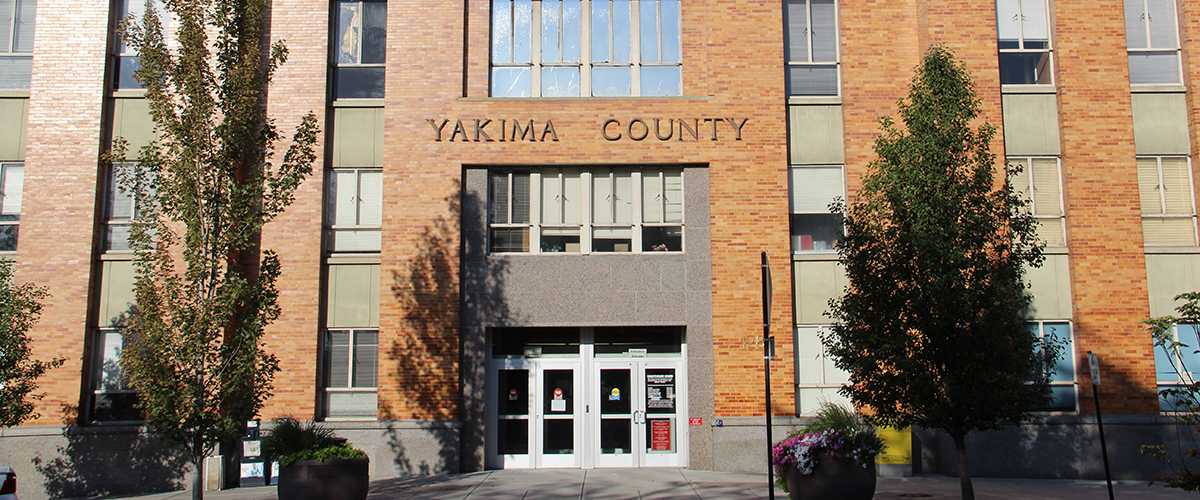Interagency Collaboration Jail Populations Mental Health June 1, 2018
Yakima County, Washington has been actively working to improve our criminal justice system with analysis-driven, evidence-based system change. One of the significant ways in which we are doing this is by focusing on some of the most vulnerable people who are involved in the justice system: people with severe mental illness. By actively working to develop a continuum of care for people with mental illness, we hope to limit or even end their future system involvement.
Our focus on this population evolved from initial work to develop an innovative pretrial release program. Prior to our selection for a Safety and Justice Challenge Innovation Fund grant, Yakima County was one of three selected Smart Pretrial demonstration sites in the country. The Smart Pretrial initiative, funded by the Bureau of Justice Assistance, aimed to provide a pretrial system that is safe, fair, and effective, and that maximizes public safety, court attendance, and appropriate use of release, supervision, and detention.
With Smart Pretrial support, we implemented a pretrial assessment for all newly booked people, reduced the use of secured money bail, and developed a dedicated first appearance hearing on our docket. We further adopted the Arnold Foundation’s Public Safety Assessment (PSA) tool, a risk assessment tool that helps judges make accurate, efficient, and evidence-based decisions about which defendants should be detained prior to trial and which can be safely released. As a result, pretrial detention rates decreased from 47 percent to 27 percent over one year and racial disparities were reduced significantly. All of this was accomplished without sacrificing public safety or court appearance rates.
Early data from these reforms, however, indicated that individuals with serious mental health issues were experiencing challenges with the pretrial release program. To help address these challenges, we decided that developing a continuum of care was the next logical step to ensure a reduction in over-incarceration, particularly for this vulnerable group. Our work to develop this continuum of care was supported by the Innovation Fund.
We were well positioned to implement these efforts. Yakima County already had many of the required components in place, including a Mental Health Crisis Stabilization Unit, Crisis Intervention Training for Law Enforcement, a Behavioral Health Diversion Program, and a Mental Health Court. Yakima County is also one of the few sites in the country to implement a Dual Diagnosis Mental Health/Drug and Alcohol Court. While each sector had successes and innovative programs, Yakima County needed to assess the system as a whole to have effective change.
The Yakima County Collaborative Diversion Policy team—comprising criminal justice system stakeholders and local mental health providers—conducted this assessment with an approach known as the Sequential Intercept Model (SIM). SIM involves assessing available resources, determining gaps in services, and planning for community change through the development of a map that illustrates how people with behavioral health needs flow through the criminal justice system.
Through a workshop facilitated by Policy Resource Associates (PRA), team participants identified opportunities for linkage to services and for prevention of further penetration into the criminal justice system. This workshop included stakeholders from across multiple systems, including mental health, substance abuse, law enforcement, pretrial services, courts, jails, community corrections, housing, health, and social services, as well as peers, family members, and many others.
The SIM was invaluable in providing stakeholders with a framework to assess the current system and enabling the community to identify action steps moving forward to address system change. Yakima County is currently working to address those gaps to divert these individuals from the criminal justice system into community-based treatment.


